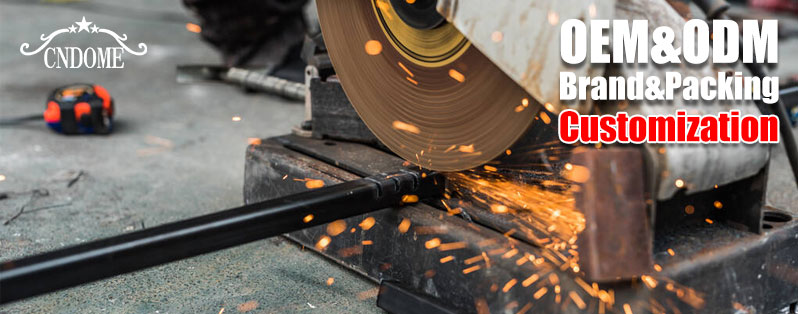When it comes to metal fabrication, having the right cutting disc is essential. Whether you’re slicing through carbon steel, stainless steel, or aluminum, choosing the correct disc can make all the difference in speed, precision, and safety. In this guide, we’ll break down everything you need to know about cutting discs for metal—and link to expert sources so you can dig deeper.
🔧 What Are Cutting Discs?
Cutting discs (also known as cut-off wheels) are thin, bonded abrasive wheels used with power tools like angle grinders and chop saws. They’re designed to cut, not grind, which means they are thinner than grinding wheels and must be handled carefully to avoid breakage.
Cutting discs are commonly used in:
- Metal fabrication
- Automotive repair
- Construction
- DIY and hobbyist metalworking
🛠️ Types of Cutting Discs for Metal
- Resin-Bonded Cutting Discs
- Most commonly used for carbon steel, stainless steel, and aluminum.
- Feature a fiberglass-reinforced resin bond for durability and speed.
- Available in Type 1 (flat) or Type 27 (depressed center).
- Example: CNDOME Resin Bonded Cut-Off Wheels
- Thin Cut-Off Wheels
- Ideal for precision cuts.
- Range from 0.8 mm to 1.6 mm in thickness.
- Generate less heat and reduce burrs.
- Recommended: CNDOME Thin Wheels
- Diamond Cutting Discs (for non-ferrous metals)
- Long-lasting and precise.
- Better for aluminum and soft metals (not ideal for hardened steel).
- Example: DEWALT Diamond Edge Metal Cut-Off Blade
⚙️ Choosing the Right Cutting Disc for Metal
| Material | Recommended Disc Type | Notes |
|---|---|---|
| Carbon Steel | Resin Bonded | Standard abrasive disc works well. |
| Stainless Steel | Inox Disc | Use discs marked “Inox” or “for stainless steel” to avoid contamination. |
| Aluminum | Non-ferrous Disc | Avoid loading; use specialized discs or wax. |
| Rebar / Pipes | Thin Cut-Off | For fast cuts with minimal material loss. |
Pro Tip: Look for cutting discs labeled with “Fe + S + Cl ≤ 0.1%” for stainless steel. These are contaminant-free and help prevent corrosion after cutting.

🧰 Safety Tips When Using Cutting Discs
- Always wear eye and face protection.
- Inspect the disc for cracks before use.
- Do not exceed the maximum RPM marked on the disc.
- Use the correct disc size for your tool.
- Avoid side pressure—cutting discs are not made for grinding!
More safety info: DOME Abrasive Wheel Safety Guidelines
📌 Final Thoughts
Choosing the right cutting disc for metal ensures:
- Faster cutting
- Cleaner results
- Safer operation
- Longer tool life
Whether you’re a fabricator, contractor, or DIY enthusiast, investing in the right disc makes every job smoother and safer.

